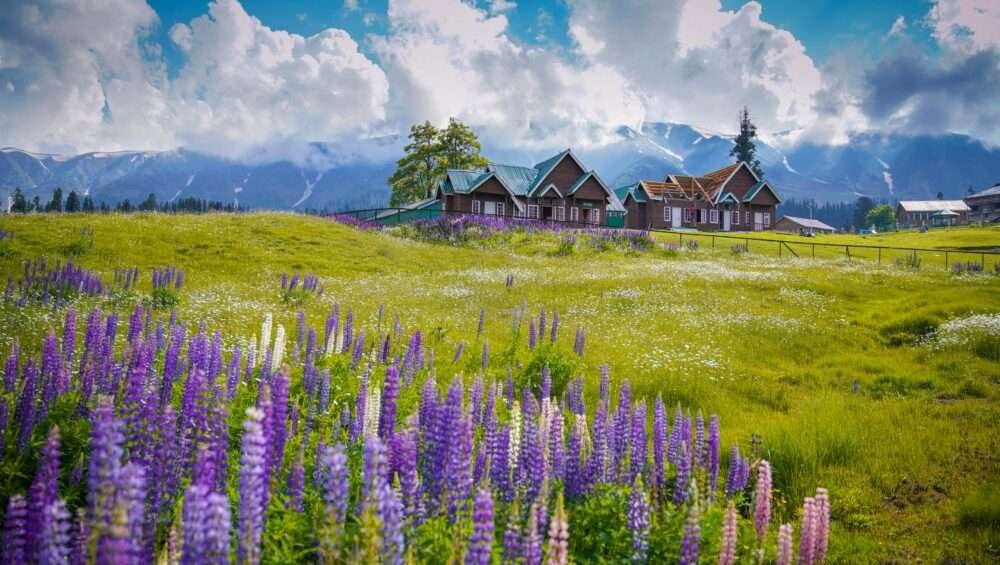Spiti Valley: “Exploring the High-Altitude Desert”
Spiti Valley is a high-altitude region located in the northern Indian state of Himachal Pradesh. It is a cold desert mountain valley located in the Himalayas and is home to some of the most beautiful landscapes in India. The region is famous for its stunning natural beauty, rich cultural heritage, and ancient monasteries.
The Spiti Valley is located at an altitude of 12,500 feet above sea level and is surrounded by towering snow-capped peaks. The valley is a popular destination for adventure tourism, offering opportunities for trekking, mountaineering, and camping. The region is also known for its unique flora and fauna, including the elusive snow leopard, Himalayan blue sheep, and ibex.
One of the most unique features of the Spiti Valley is its rich cultural heritage. The region is home to several ancient monasteries, including the famous Ki Monastery and Tabo Monastery, both of which are over a thousand years old. These monasteries are known for their unique architecture, beautiful wall paintings, and collection of ancient Buddhist manuscripts and artifacts.
The people of Spiti Valley are primarily Buddhist and have a rich cultural heritage. They celebrate many festivals throughout the year, including the famous Ladarcha Festival, which is held in the month of July and is a celebration of the cultural heritage of the region.
The Spiti Valley can be reached by road from Manali or Shimla, but the roads are often closed during the winter months due to heavy snowfall. The best time to visit the valley is from May to October, when the weather is pleasant and the roads are open.
In conclusion, Spiti Valley is a unique destination that offers visitors a chance to experience the natural beauty and rich cultural heritage of the Himalayas. Whether you are a nature lover, adventure seeker, or culture enthusiast, Spiti Valley has something to offer everyone who visits.







